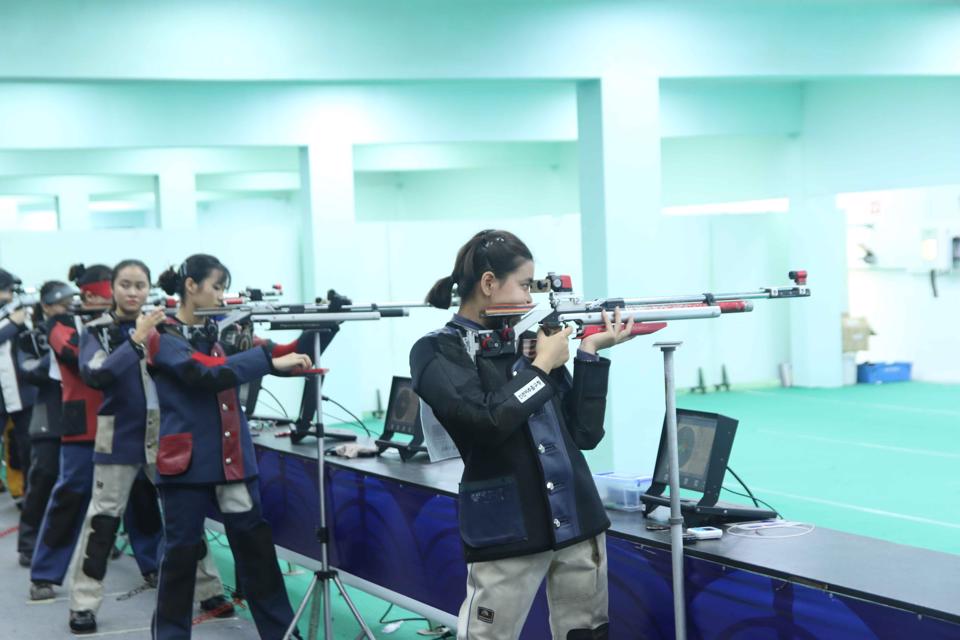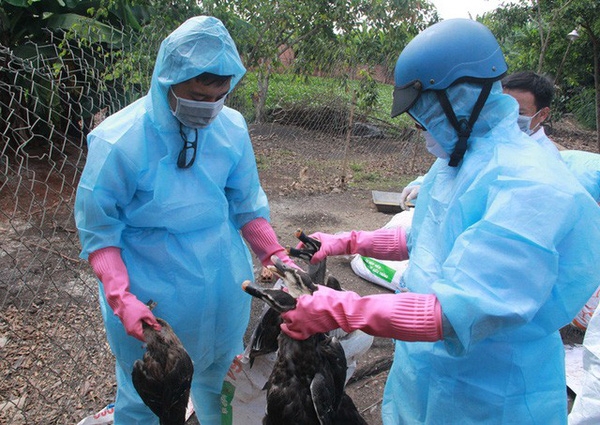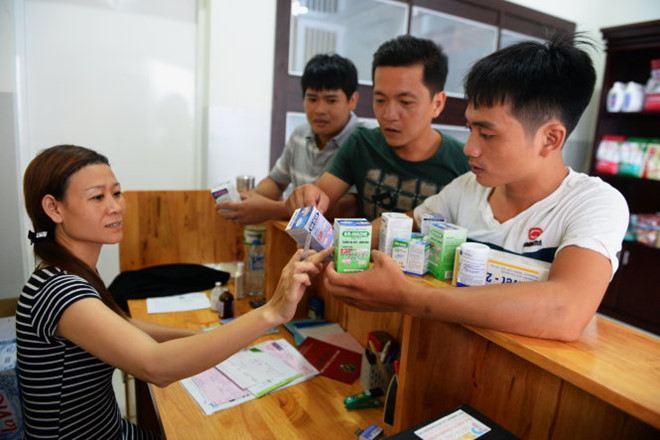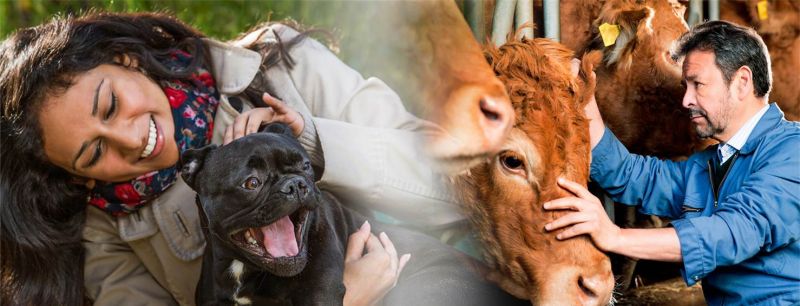The Law on Veterinary Medicine of Vietnam takes effect from July 01, 2016. This Law consists of 7 chapters, 116 articles, meeting the requirements of administrative reform and socialization in veterinary work. The law introduces several new provisions compared to the Ordinance on Veterinary Medicine 2004.

Below are some new contents of the Law on Veterinary Medicine 2015 of Vietnam compared to the Ordinance on Veterinary Medicine 2004.
One, the law specifically defines the responsibilities of state agencies and relevant organizations and individuals in preventing and controlling animal diseases, such as disease declaration, disease diagnosis, disease investigation, handling small-scale disease outbreaks, disease notification, and organizing disease control in areas with disease outbreaks or at risk of disease outbreaks, as well as buffer zones.
Two, the law delegates the authority to declare disease outbreaks to the Chairman of the People's Committee at the district level, providing conditions for local authorities to proactively and effectively prevent and control diseases, ensuring convenient and prompt disease containment right after its occurrence in the area, thus minimizing the damage to livestock owners.
Three, the law stipulates that animal quarantine is only required for animals and animal products being transported out of the province and is no longer based on "large quantities, large volumes" as in the 2004 ordinance. There are specific provisions for the transportation of animals and animal products on land. Specifically, if the animals or animal products originate from facilities that have been recognized as disease-safe or have implemented disease prevention measures such as vaccination and participating in disease surveillance programs, the facility owner only needs to notify the competent veterinary authority to obtain a quarantine certificate before transportation, without having to go through the quarantine procedures.
Four, the law stipulates that animal slaughter must be carried out at centralized slaughterhouses and under the supervision of veterinary authorities, except in rural areas, mountainous areas, coastal areas, areas with ethnic minority communities, and economically and socially disadvantaged areas where small-scale slaughter facilities are allowed. These small-scale slaughter facilities must ensure veterinary hygiene conditions and be managed by the local People's Committee at the commune level.
Five, the law regulates that veterinary drugs must be managed and ensured in terms of quality according to the new technical standards issued by the Veterinary Department, which grants certificates for circulation in the market. At the same time, it shortens the time for administrative procedures, extends the validity period of veterinary drug circulation certificates, as well as certificates for production, trade, and import/export of veterinary drugs to 5 years.
Six, the law allows competent domestic authorities to conduct inspections and checks at the exporting country, issue warnings, and temporarily suspend the importation of goods that do not meet the requirements to protect domestic production.
The Law on Veterinary Medicine 2015 of Vietnam provides detailed regulations in various fields, and it has been in effect and applicable since July 01, 2016.
Source: Laocai.gov.vn
- Key word:
- Law on Veterinary Medicine 2015
 Article table of contents
Article table of contents




.jpg)

.jpg)



.Medium.png)
.Medium.png)
.Medium.png)
.Medium.png)
